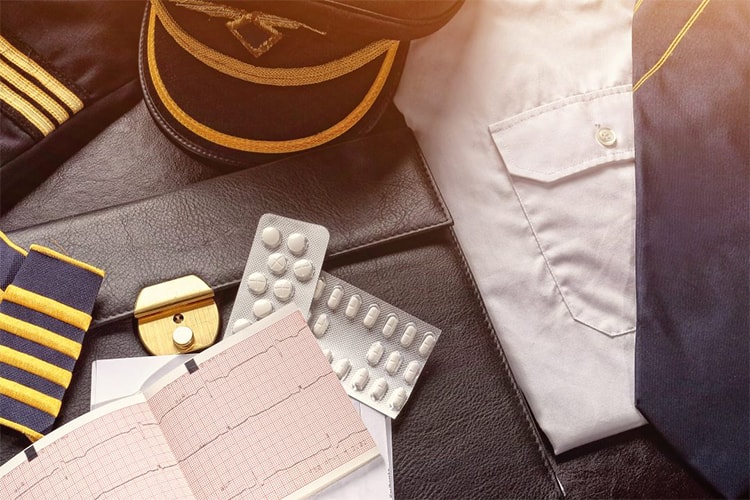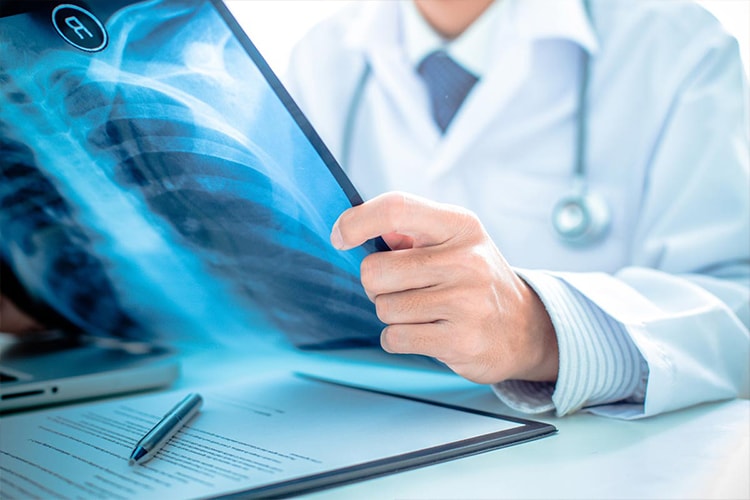Medicals
Step 1– Get your DGCA Class 2 medical done from an approved examiner.
Step 2- Get your file number and get your Class 1 medical done from Air Force examiners.
Why Aviation Medical are different?
Aero Medical examinations aim at screening for elevation in risk of sudden incapacitation, such as a tendency towards myocardial infarction (heart attacks),epilepsy or the presence of metabolic conditions diabetes, etc. which may lead to hazardous condition at altitude. The goal of the AeroMedical Examination is to protect the life and health of pilots and passengers by making reasonable medical assurance that an individual is fit to fly. Other screened conditions such as colour blindness can prevent a person from flying because of an inability to perform a function that is necessary.


These specialized medical exams consist of physical examinations performed by an Aviation Medical Examiner, doctors trained to screen potential aircrew for identifiable medical conditions that could lead to problems while performing airborne duties. In addition, this unique population of aircrews is a high-risk group for several diseases and harmful conditions due to irregular work shifts with irregular sleeping and irregular meals and work-related stress.
![]()

